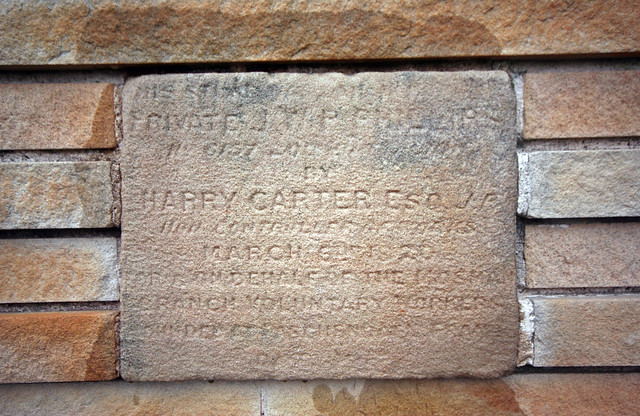A weathered sandstone plaque in the modern boundary wall facing the road at 71 Bay Street is one of the few reminders that this block – labelled Lot 43 in Mosman Council’s 1917 Building Register – was home to six weatherboard cottages built by the Mosman branch of the Voluntary Workers Association for disabled servicemen and war widows.
Project blog
“This photo is of my grandfather”

It has been rewarding in these early stages of the project to have made contact with the children and family of Mosman’s service men and women. As you would expect, many no longer live in the suburb but have found material in our collection by searching the web.
The first was Angus Lang, grandson of Arthur William Houstoun (Bill) Lang, who came across his grandfather’s photo on our Flickr stream.
A website brief that's not
Great to hear last week from a colleague at another NSW public library planning a community project ahead of the centenary of WWI. They wanted to know more about our website scope and specification, and this post is a summary of development so far.
Mosman nurses at war
Harefield, England. Eight patients from Ward 40, No 1 Australian Auxiliary Hospital, photographed in the grounds of the hospital with Sister Ruby Dickinson. AWM H16039
What did WWI military nurses do?
Dr Kirsty Harris gave us an insight at Mosman Library in September. Her book More Than Bombs and Bandages is a history of their medical practice, and we were fortunate to benefit from her extensive research.
Finding your Anzacs on a map

One you won’t find on Google Maps. (Source: AWM)
At some point in your research you will want to locate a place with precision. Google Maps is a great resource but some names have changed since 1918, and Google will not always be able to help you with a trench map reference, or a colloquial name that was used only by the soldiers at the time.
